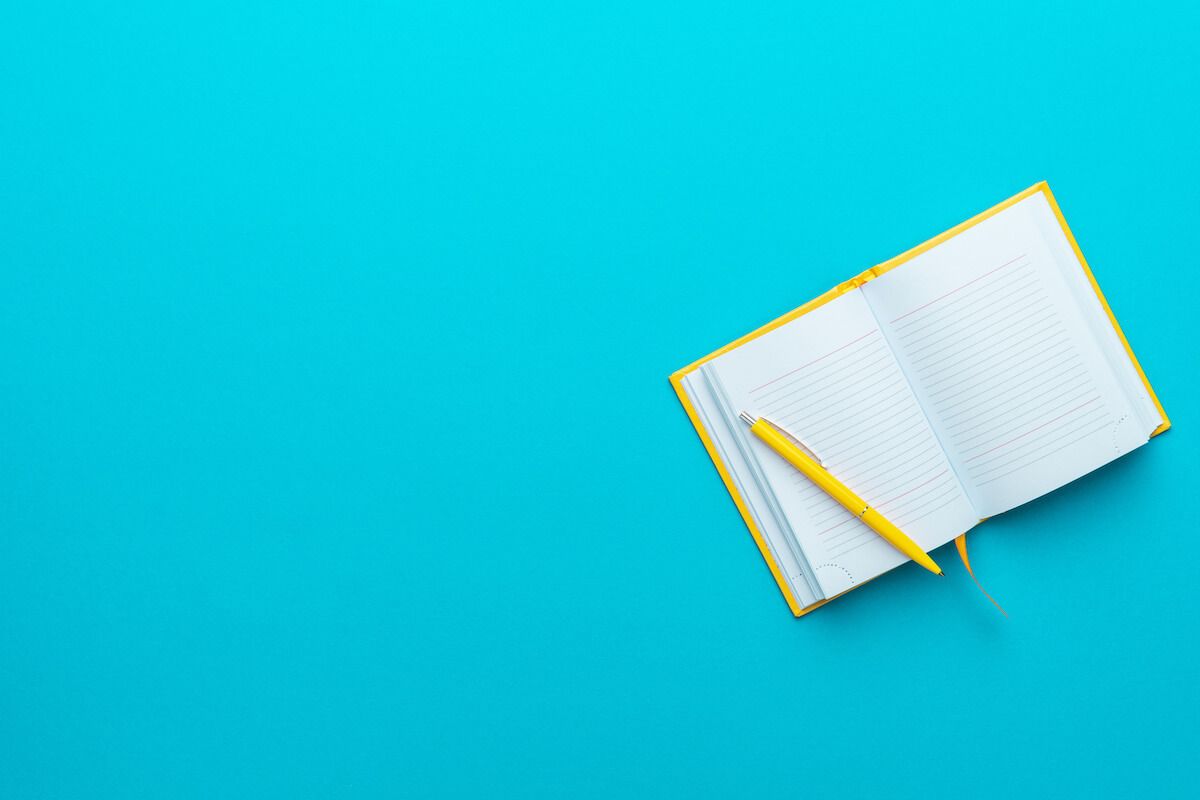As students, researchers, and self-learners, we understand the power of reading and taking smart notes. But what happens when we combine those together? This is where annotating text comes in.
Annotated text is a written piece that includes additional notes and commentary from the reader. These notes can be about anything from the author's style and tone to the main themes of the work. By providing context and personal reactions, annotations can turn a dry text into a lively conversation.
Creating text annotations during close readings can help you follow the author's argument or thesis and make it easier to find critical points and supporting evidence. Plus, annotating your own texts in your own words helps you to better understand and remember what you read.
This guide will take a closer look at annotating text, discuss why it's useful, and how you can apply a few helpful strategies to develop your annotating system.

Text annotation refers to adding notes, highlights, or comments to a text. This can be done using a physical copy in textbooks or printable texts. Or you can annotate digitally through an online document or e-reader.
Generally speaking, annotating text allows readers to interact with the content on a deeper level, engaging with the material in a way that goes beyond simply reading it. There are different levels of annotation, but all annotations should aim to do one or more of the following:
When done effectively, annotation can significantly improve your understanding of a text and your ability to remember what you have read.
There are many reasons why someone might wish to annotate a document. It's commonly used as a study strategy and is often taught in English Language Arts (ELA) classes. Students are taught how to annotate texts during close readings to identify key points, evidence, and main ideas.
In addition, this reading strategy is also used by those who are researching for self-learning or professional growth. Annotating texts can help you keep track of what you’ve read and identify the parts most relevant to your needs. Even reading for pleasure can benefit from annotation, as it allows you to keep track of things you might want to remember or add to your personal knowledge management system.
Annotating has many benefits, regardless of your level of expertise. When you annotate, you're actively engaging with the text, which can help you better understand and learn new things. Additionally, annotating can save you time by allowing you to identify the most essential points of a text before starting a close reading or in-depth analysis.
There are few studies directly on annotation, but the body of research is growing. In one 2022 study, specific annotation strategies increased student comprehension, engagement, and academic achievement. Students who annotated read slower, which helped them break down texts and visualize key points. This helped students focus, think critically, and discuss complex content.
Annotation can also be helpful because it:
The process of annotating text can make your reading experience more fruitful. Adding comments, questions, and associations directly to the text makes the reading process more active and enjoyable.

We're developing ABLE, a powerful tool for building your personal knowledge, capturing information from the web, conducting research, taking notes, and writing content.
Learn more about ABLE app
There are many different ways to annotate while reading. The traditional method of annotating uses highlighters, markers, and pens to underline, highlight, and write notes in paper books. Modern methods have now gone digital with apps and software. You can annotate on many note-taking apps, as well as online documents like Google Docs.
While there are documented benefits of handwritten notes, recent research shows that digital methods are effective as well. Among college students in an introductory college writing course, those with more highlighting on digital texts correlated with better reading comprehension than those with more highlighted sections on paper.
No matter what method you choose, the goal is always to make your reading experience more active, engaging, and productive. To do so, the process can be broken down into three simple steps:
Of course, there are different levels of annotation, and you may only need to do some of the three steps. For example, if you're reading for pleasure, you might only annotate key points and passages that strike you as interesting or important. Alternatively, if you're trying to simplify complex information in a detailed text, you might annotate more extensively.
The type of annotation you choose depends on your goals and preferences. The key is to create a plan that works for you and stick with it.
When annotating text, you can use a variety of strategies. The best method for you will depend on the text itself, your reason for reading, and your personal preferences. Start with one of these common strategies if you don't know where to begin.
Combining the three-step annotation process with one or more strategies can create a customized, powerful reading experience tailored to your specific needs.

Carry out your entire learning, reflecting and writing process from one single, minimal interface. Focus modes for reading and writing make concentrating on what matters at any point easy.
Learn more
Once you've gotten the hang of the annotating process and know which strategies you'd like to use, there are a few general tips you can follow to make the annotation process even more effective.
1. Read with a purpose. Before you start annotating, take a moment to consider what you're hoping to get out of the text. Do you want to gain a general overview? Are you looking for specific information? Once you know what you're looking for, you can tailor your annotations accordingly.
2. Be concise. When annotating text, keep it brief and focus on the most important points. Otherwise, you risk annotating too much, which can feel a bit overwhelming, like having too many tabs open. Limit yourself to just a few annotations per page until you get a feel for what works for you.
3. Use abbreviations and symbols. You can use abbreviations and symbols to save time and space when annotating digitally. If annotating on paper, you can use similar abbreviations or symbols or write in the margins. For example, you might use ampersands, plus signs, or question marks.
4. Highlight or underline key points. Use highlighting or underlining to draw attention to significant passages in the text. This can be especially helpful when reviewing a text for an exam or essay. Try using different colors for each read-through or to signify different meanings.
5. Be specific. Vague annotations aren't very helpful. Make sure your note-taking is clear and straightforward so you can easily refer to them later. This may mean including specific inferences, key points, or questions in your annotations.
6. Connect ideas. When reading, you'll likely encounter ideas that connect to things you already know. When these connections occur, make a note of them. Use symbols or even sticky notes to connect ideas across pages. Annotating this way can help you see the text in a new light and make connections that you might not have otherwise considered.
7. Write in your own words. When annotating, copying what the author says verbatim can be tempting. However, it's more helpful to write, summarize or paraphrase in your own words. This will force you to engage your information processing system and gain a deeper understanding.
These tips can help you annotate more effectively and get the most out of your reading. However, it’s important to remember that, just like self-learning, there is no one "right" way to annotate. The process is meant to enrich your reading comprehension and deepen your understanding, which is highly individual. Most importantly, your annotating system should be helpful and meaningful for you.
Learning to effectively annotate text is a powerful tool that can improve your reading, self-learning, and study strategies. Using an annotating system that includes text annotations and note-taking during close reading helps you actively engage with the text, leading to a deeper understanding of the material.
Try out different annotation strategies and find what works best for you. With practice, annotating will become second nature and you'll reap all the benefits this powerful tool offers.
I hope you have enjoyed reading this article. Feel free to share, recommend and connect 🙏
Connect with me on Twitter 👉 https://twitter.com/iamborisv
And follow Able's journey on Twitter: https://twitter.com/meet_able
And subscribe to our newsletter to read more valuable articles before it gets published on our blog.
Now we're building a Discord community of like-minded people, and we would be honoured and delighted to see you there.